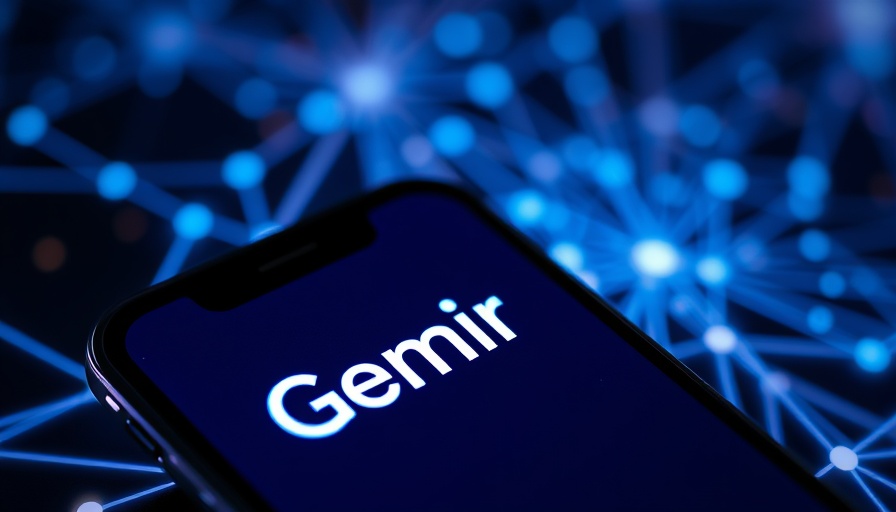
Google Unveils Veo 3: A Leap into Video Generation
On July 3, 2025, Google made a significant announcement regarding its newest innovation, the Veo 3 video generation model. This model allows users to create video clips of up to eight seconds based on text prompts. Initially showcased in May, the Veo 3 is now live globally for Gemini subscribers across more than 159 countries. However, this fascinating feature comes with restrictions, allowing users only three video creations per day under Google's AI Pro plan.
Why Video Generation Matters
The advent of tools that facilitate video generation marks an exciting frontier in technology and digital creativity. Video content has exploded in popularity due to social media platforms like TikTok and Instagram, where short, engaging clips captivate audiences. According to experts, the future demands a shift towards video as the primary medium for communication and content consumption.
The Role of AI in Content Creation
Google's introduction of the Veo 3 underscores a broader trend in AI towards enhancing creativity and productivity. As Jamal Robinson, a technology analyst, noted, “AI tools can significantly reduce the time spent on content creation while increasing the variety and engagement of online material.” Such advancements empower creators, educators, and marketers, enabling them to generate visually appealing content with minimal investment in resources.
Current Trends in AI-driven Video Content
This new rollout coincides with a growing interest in AI technologies that simplify video production. Other tech companies are racing to enhance their capabilities, creating a competitive landscape where innovations in video generation are critical. Just last week, similar technologies were highlighted as turning points for businesses aiming to augment their marketing strategies with interactive content.
Challenges Ahead for Video Creation Tools
Despite the excitement surrounding Veo 3, several challenges persist in adopting video generation tools. Critics have raised concerns about the sustainability of such technologies and their ethical implications—specifically, the potential misuse in creating deceptive media. Addressing these issues will be paramount for tech giants like Google to ensure responsible use and maintain consumer trust.
Future Predictions: What Lies Ahead
As the demand for AI-driven video tools increases, predictions hint at a future where these resources become ubiquitous. Experts foresee enhanced features, like the ability to generate longer videos and image-to-video functionalities, stemming from improvements in neural networks and machine learning. Google has already indicated plans for integrating these advancements within the Gemini platform shortly. The question remains—how will consumers evolve alongside these innovations?
Exploring the Potential of Image-to-Video
Looking at the roadmap ahead, Google is prioritizing image-to-video generation capabilities. This feature could allow users to transform static images into short video segments, creating a more dynamic visual storytelling experience. As the digital landscape continuously evolves, the blending of text prompts to create video content could revolutionize the way brands and individuals communicate.
Conclusion: Embracing New Technologies in Content Creation
The launch of Veo 3 is a significant step in the realm of video content technology. As Google embarks on this journey, users and creators alike can expect to engage with AI tools that elevate how they share ideas and express themselves through dynamic video formats. Together, we stand on the brink of an exciting new chapter in how we experience, create, and disseminate information.
 Add Row
Add Row  Add
Add 



Write A Comment